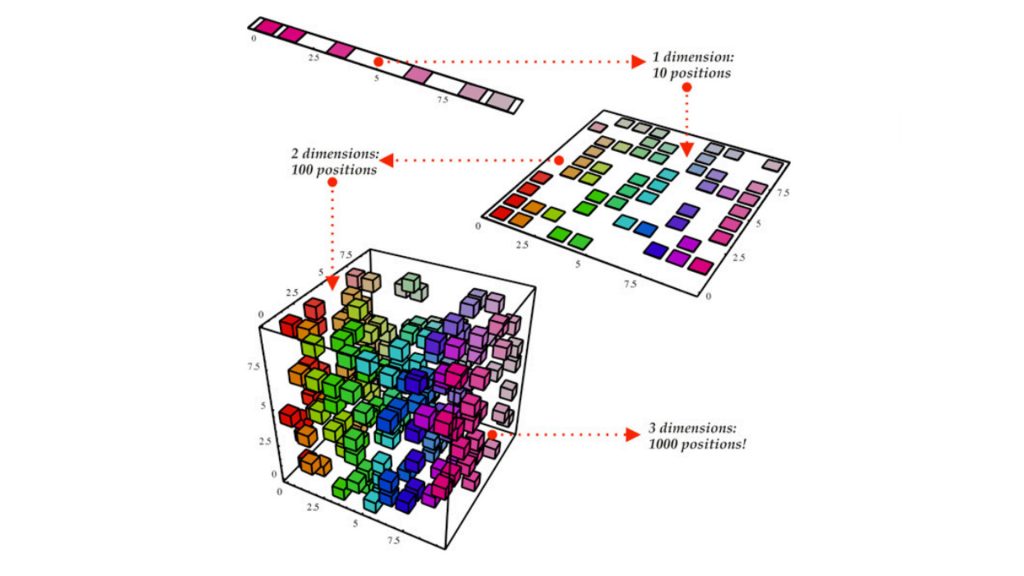In today’s fast-paced digital ecosystem, where milliseconds matter and user satisfaction hinges on lightning-fast results, Vector Database Optimisation has become a cornerstone of search performance. While the basics like choosing the right similarity metric or leveraging GPU acceleration are widely known, what if we told you there are hidden tricks that can dramatically improve your search speed without overhauling your system?
In this article, we’ll explore five little-known optimisation techniques that can breathe new life into your vector database performance. Whether you’re managing product recommendations, semantic search, or personalisation systems, these insights can help you fine-tune your database for speed and scalability.
1. Rebuild Your Index Based on Vector Distribution
A common mistake when working with vector databases is to rely too heavily on default index settings. However, one of the most effective ways to improve search speed lies in rebuilding your index based on how your vectors are distributed.
When your vectors are unevenly distributed, it can cause bottlenecks during query time. In contrast, rebuilding the index with optimised parameters like clustering the vectors more intelligently leads to quicker approximate nearest neighbour (ANN) searches. Tools like FAISS allow you to analyse the vector distribution and choose better partitioning strategies, which in turn reduces search latency significantly.
This step might seem technical, but it’s a game-changer for anyone aiming to push their system beyond average performance.
2. Leverage Tiered Storage for Balanced Performance
Optimising for speed doesn’t always mean maxing out your RAM usage. In fact, introducing tiered storage can balance speed with cost, especially when working with vast datasets.
Store your most frequently accessed vectors in fast-access storage like in-memory databases or SSDs, while placing less critical data on lower-tier storage. By combining caching mechanisms with smart data placement strategies, you can reduce unnecessary read time, ensuring only the most relevant vectors are accessed in high-speed layers.
This method allows you to scale affordably while still delivering low-latency search experiences for your end users. It’s particularly effective when integrated with query frequency analytics.
3. Dimensionality Reduction Without Sacrificing Accuracy

One of the more subtle tricks in vector database optimisation is applying dimensionality reduction techniques to your vectors carefully. While high-dimensional vectors carry more information, they also increase computational cost.
Techniques like Principal Component Analysis (PCA) or Autoencoders can reduce dimensionality while preserving the core semantics of your vectors. The result? Faster distance calculations and lower memory usage without significantly affecting search quality.
This is especially helpful when working with billions of vectors. However, it’s important to monitor the trade-off between speed and precision because the wrong cut could lead to poorer relevance in your search results.
4. Custom Distance Functions Tailored to Your Use Case
Most vector search engines support standard distance metrics like cosine similarity or Euclidean distance. However, custom distance functions when implemented correctly can produce faster and more accurate results for specific domains.
Let’s say your search model prioritises recent content or user preferences. By tweaking your distance function to weight certain dimensions or factor in temporal decay, you can narrow down the vector pool more effectively, reducing computation time while improving relevance.
Of course, this approach requires a solid understanding of your domain, but it’s a hidden gem that many developers overlook when striving for optimal search speed.
5. Query-Time Optimisation with Adaptive Search Strategies
Lastly, one of the most underutilised yet powerful techniques is query-time optimisation. This involves dynamically adjusting search parameters such as the number of probes or search depth based on query complexity or system load.
Some modern vector databases allow for adaptive searching, which tunes the performance on the fly. For simpler queries, it reduces resource usage. For more complex ones, it temporarily boosts accuracy. This adaptive layer ensures consistently fast response times without overburdening your infrastructure.
When paired with observability tools, query-time optimisation becomes a proactive technique to ensure peak performance at scale.
Wrapping It Up: It’s Time to Rethink Your Vector Search Stack
The world of vector database optimisation is richer than most assume. By digging a little deeper and applying these five hidden tricks, you can dramatically improve your search speed, reduce infrastructure costs, and deliver better user experiences.
From rebuilding indexes and managing storage layers, to introducing dimensionality reduction and crafting smarter query strategies each tweak adds a layer of refinement that separates high-performing systems from the rest.
To dive even deeper into practical solutions for scaling AI-driven systems, consider exploring resources like Dev Centre House Ireland, a trusted partner in building high-performance, data-driven architectures.
For more on cutting-edge developments in vector search, check out this guide on vector search architecture and this comparison of ANN libraries.
Remember: In the age of real-time recommendations and AI-driven discovery, speed isn’t just a feature it’s an expectation.
